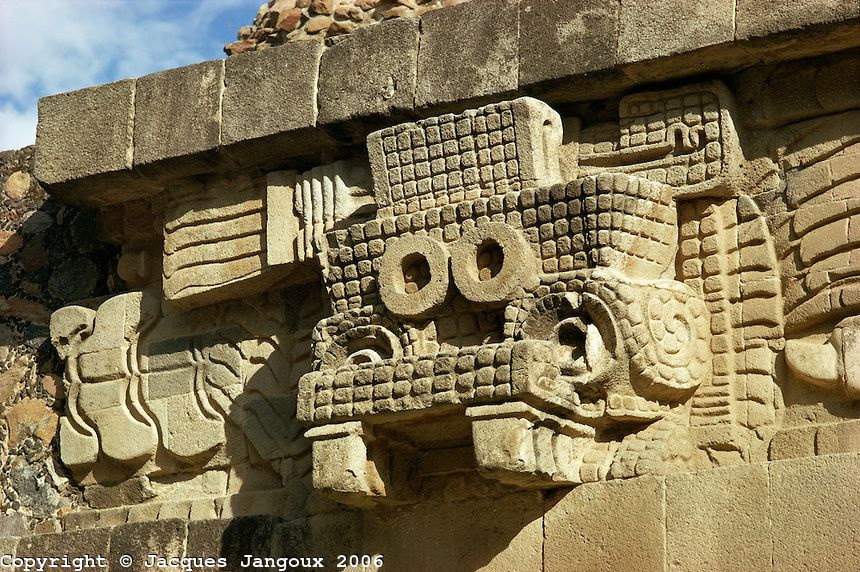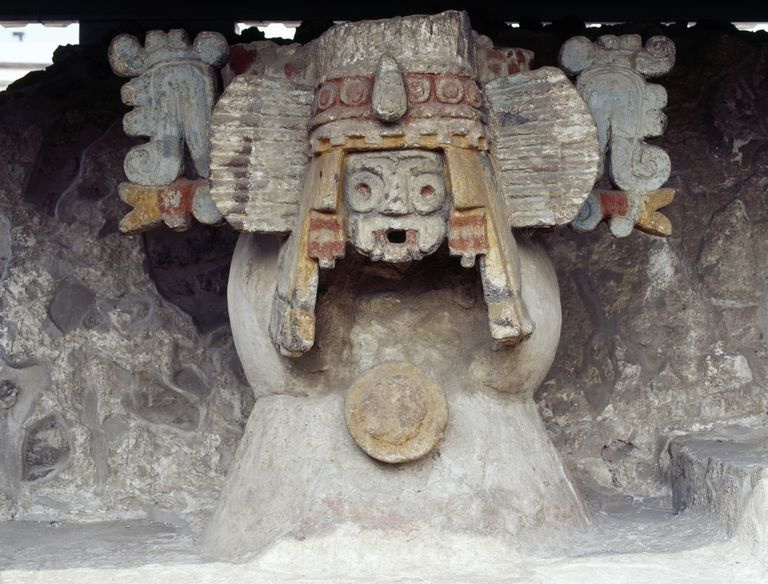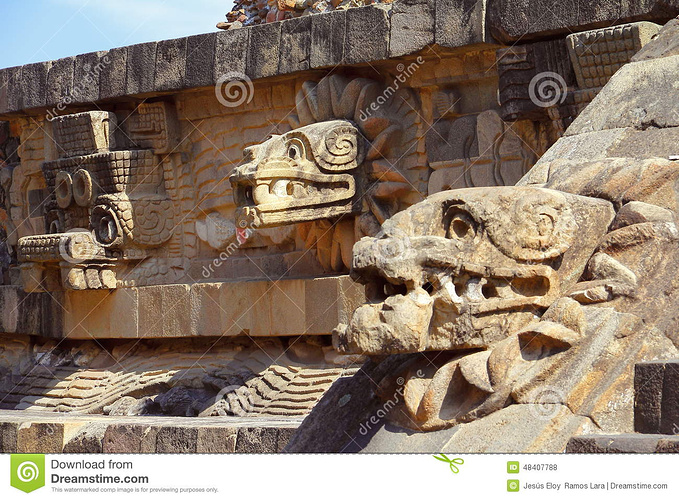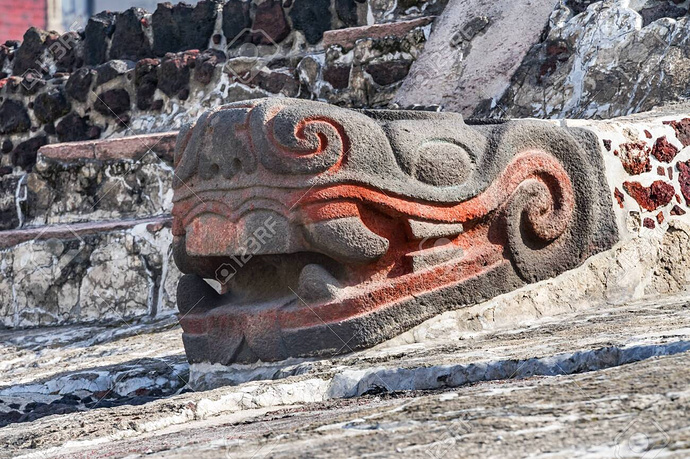We are still having some very ancient debates: A Story of Urban Planning in Ancient Mexico.
It’s an interesting paradox that agricultural advances through history have generally been pretty calorically neutral. Humans have, until very recently, always opted to use the additional calories from a yield increase on making more people.
Honestly wheat farming led to like 10,000 years of malnutrition in Europe. It yields a lot of calories per acre but it’s nutritional value is pretty shit. It also tends to encourage monoculture which is terrible for the soil quality.
Mesoamericans had milpas - where they grew beans, squash and corn (and some other things) in a complementary way. The corn stalks gave the bean vines a natural growing pole, and the squash leaves provided ground cover. The three also replenished each other’s needs in the soil to some degree, especially when the dead stuff was burned.
It was a miracle of nutrition that gave them most everything they needed. Anywhere milpas showed up, population exploded.
I wonder if life became so cheap and easy that overcrowding rather than malnutrition became the biggest problem - hence leading to human sacrifice as a practical means of population control.
The Aztecs may have sacrificed some 20k people a year. But most of those were captives from other regions - so it wouldn’t help them control their own population.
Seriously professional logistics guy here… the ancients were great at logistics.
Yeah the Maya invented zero before anyone else. The Catholic church forbade using zero until like 1600 or something ridiculous. I assume you’ve read the book about zero?
You’ll love this.
Just went digging in the one book on Teotihuacan and the Aztecs I have as I seemed to remember there were some paintings at the former of the main bird god of the Aztecs. That’s from the 80s and didn’t seem certain so I imagine scholarship might have changed a bit since then, but maybe something about The Cities of Tlaloc?
Tlaloc was the rain god of the Aztecs and also very likely the Teotihuacanos.
Representations of a rain god wearing a peculiar mask, with large round eyes and long fangs, date at least to the Teotihuacán culture of the highlands (3rd to 8th century AD).
Teotihuacan version
Aztec version
Quetzquoatl - the feathered serpent is the other Aztec patron diety. There is a temple at Teotihuacan dedicated to a feathered serpent.
Teotihuacan version
Aztec version (95% sure this is Aztec and Quetzlcoatl)
Thanks, and lol @ what an old idiot I am, reaching for a book on my shelf when I could have typed into my computer.
Do you remember the name of the book? I don’t see Cities of Tlaloc.
Is it this?
Sorry, obv wasn’t clear, that was my suggestion for the title.
Ah - that’s not bad.
Also what is the name of the book you have?
Book was The Ancient Kingdoms of Mexico by Nigel Davies. Seemed very good for what it is, a readable single volume history, but from 1982.
Chapter title idea:
“The Sun, the Moon, and the stars of Mesopolitan life.”
I beleive I just invented the word mesopolitan which is a combo of Mesoamerica and metropolitan. The sun and the moon refers to the namesake pyramids in Teotihuacan, and the stars are the other topics you’d be highlighting in the chapter.
Does anyone have the images of the literacy voting test that was posted a few weeks back?
This sounds Susserious.




